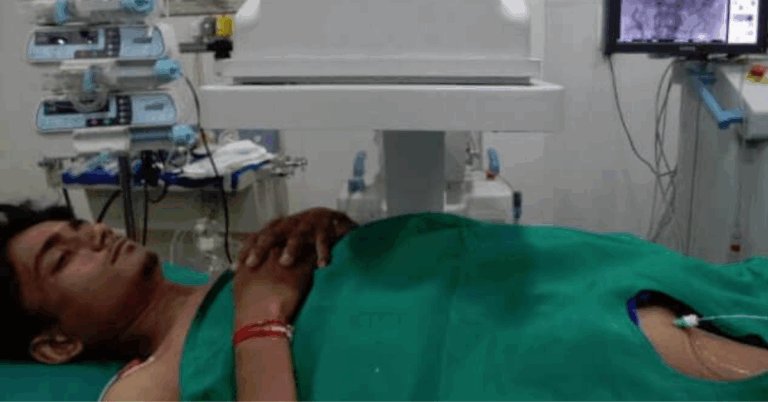Using Gene Editing for Disease Prevention
Gene editing has emerged as a promising tool in the realm of disease prevention. Through the manipulation of an organism’s genetic material, scientists can target specific genes associated with various diseases, opening up new avenues for treatment and prevention strategies. By utilizing gene editing technologies such as CRISPR-Cas9, researchers can make precise modifications to the DNA of cells, potentially correcting genetic defects that lead to disease.
The ability to edit genes holds the potential to revolutionize the field of medicine, offering a personalized approach to preventing genetic disorders and inherited diseases. By identifying and editing out harmful mutations in an individual’s DNA, gene editing could pave the way for genetic therapies that could eradicate the underlying cause of a disease at its source. As scientists continue to refine and expand their understanding of gene editing technologies, the possibilities for disease prevention through genetic interventions are becoming increasingly within reach.
Understanding CRISPR Technology
CRISPR technology, short for Clustered Regularly Interspaced Short Palindromic Repeats, has revolutionized the field of genetics and molecular biology. This powerful tool allows scientists to precisely edit DNA sequences, offering new possibilities in disease prevention and treatment. By utilizing an enzyme called Cas9, CRISPR can target specific genes and make alterations with unprecedented accuracy.
The simplicity and efficiency of CRISPR technology have made it a favored method for genetic research and manipulation. Its wide-ranging applications span from correcting genetic defects to modifying crops for improved yield and resistance to diseases. With ongoing advancements and refinements in CRISPR technology, the potential for reshaping the genetic landscape and combating hereditary diseases continues to expand exponentially.
What is CRISPR technology?
CRISPR technology is a revolutionary gene-editing tool that allows scientists to make precise changes to an organism’s DN
How does CRISPR work?
CRISPR works by using a protein called Cas9 to target specific sections of DNA and make cuts in the genetic code. This allows scientists to add, remove, or alter genes in a precise manner.
What are the potential applications of CRISPR technology?
CRISPR technology has the potential to revolutionize disease prevention by allowing scientists to correct genetic mutations that cause inherited diseases. It can also be used in agriculture to create crops that are more resistant to pests and diseases.
Are there any ethical concerns surrounding CRISPR technology?
There are ethical concerns surrounding the use of CRISPR technology, particularly in the area of human germline editing, which could have unforeseen consequences for future generations. It is important for scientists and policymakers to carefully consider the ethical implications of using CRISPR technology.
What are the limitations of CRISPR technology?
While CRISPR technology is a powerful tool for gene editing, it is not perfect. Off-target effects can occur, where the Cas9 protein cuts the wrong section of DN
How is CRISPR technology being used in research today?
CRISPR technology is being used in a wide range of research areas, from studying the genetic basis of disease to creating genetically modified organisms for agricultural purposes. It has the potential to revolutionize the field of genetics and have a profound impact on human health and well-being.






